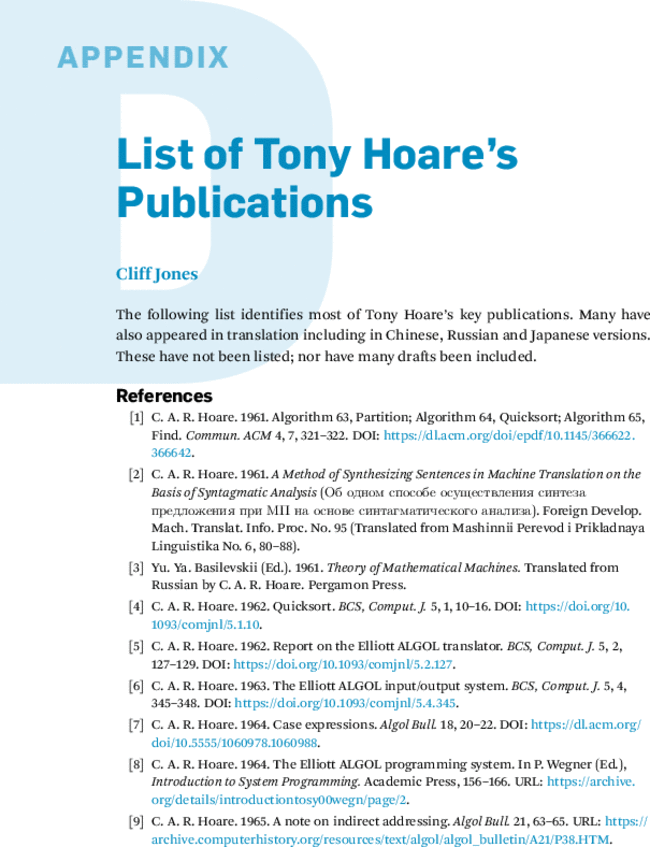Cited By
View all- Bowen JZhu H(2023)Jifeng He at Oxford and Beyond: An AppreciationTheories of Programming and Formal Methods10.1007/978-3-031-40436-8_1(3-18)Online publication date: 8-Sep-2023

ComSoc's publications represent a shining star of the society, playing an essential role in the fast-evolving realm of communications and networking, and representing a great service to our members. In this month's column of the IEEE ...
A DAY AT THE OFFICE—1995
By the time George Denning arrives at his office at Seacom, Inc., at 10:30 a.m. this morning, he has already done three hours of work. George, a Senior Technical Writer in the Software Publications Department, wanted some ...

Association for Computing Machinery
New York, NY, United States

Check if you have access through your login credentials or your institution to get full access on this article.
Sign in